Candidates preparing for the CAT exam are advised to prepare a CAT Formula Sheet including important equations from all chapters such as Percentages, Interest, Mensuration, Trigonometry, etc. These cheat formulas will help ease the preparation.
Table of Contents
With only one month remaining this is the right time and indeed the best time to draw attention to areas that can be your winning notes and prepare for the last month towards the CAT 2024 and prepare important CAT formula sheet. The QA section, or Quantitative Aptitude section, is one of the most important sections of the CAT syllabus because it measures your math computation abilities. When you are close to the end of the preparation cycle, it is always good to learn the essential forms that will enable you to solve more problems as you proceed.
Included in this article are basic and advanced important formulae required to solve problems in CAT Exam 2024 under areas such as Number Systems, Algebra, Geometry, Profit and Loss, Time and Work, and others. If you practice the above types of formulas for CAT exam well and regularly, the QA section will not be too daunting.
CAT Quantitative Aptitude Key Topics
The Quantitative Aptitude section of the CAT syllabus focuses on various topics including:
- Number Systems
- Algebra
- Geometry
- Arithmetic
- Miscellaneous topics
Each of these topics has basic formulas, which might help you avoid calculations that you wouldn’t be able to perform during the exam in a reasonable amount of time. Here are the most essential formulas you just have to repeat during the last weeks of preparation
CAT Basic Important Formulas
One must make sure to prepare a note of all important CAT formulas to have a glimpse every hour for better revision. The cheat codes for all basic chapters of the CAT exam are shared below for all the important sections.
1. Number Systems
The Number Systems is one of the most favorite topics for the selection in the CAT exam which might not need whole hog conceptual understanding but basic grounding. Here's a list of the most critical formulas to revise:
- Difference of Squares: (a + b)(a - b) = a² - b²
- Square of a Binomial (Positive): (a + b)² = a² + 2ab + b²
- Square of a Binomial (Negative): (a - b)² = a² - 2ab + b²
- Sum of Cubes: a³ + b³ = (a + b)(a² - ab + b²)
- Difference of Cubes: a³ - b³ = (a - b)(a² + ab + b²)
- Sum of the First n Natural Numbers: 1 + 2 + 3 + ... + n = n(n + 1) / 2
- Sum of Squares of First n Natural Numbers: 1² + 2² + 3² + ... + n² = n(n + 1)(2n + 1) / 6
- Sum of Cubes of First n Natural Numbers: 1³ + 2³ + 3³ + ... + n³ = (n(n + 1) / 2)²
Also Read: Verbal Ability and Reading Comprehension
2. Profit and Loss
Some topics which can be asked in Profit and loss are in the QA section and it is important to understand the relationships between cost price, selling price and percentages. The following formulas will help you solve these problems efficiently:
- Profit: Profit = Selling Price (SP) - Cost Price (CP)
- Loss: Loss = Cost Price (CP) - Selling Price (SP)
- Profit Percentage: Profit % = (Profit / Cost Price) * 100
- Loss Percentage: Loss % = (Loss / Cost Price) * 100
- Selling Price (for Profit): SP = (100 + Profit %) / 100 * Cost Price
- Selling Price (for Loss): SP = (100 - Loss %) / 100 * Cost Price
3. Time, Speed, Distance, and Work
The topics of Time, Speed & Distance are traditional ones for the CAT exam and are very much based on the quantities formula. Memorizing the following formulas can help you tackle these types of problems with ease:
- Speed: Speed = Distance / Time
- Distance: Distance = Speed * Time
- Time: Time = Distance / Speed
- Average Speed (for constant distance): Average Speed = 2xy / (x + y)
- Work Done: Work Done = Time Taken * Rate of Work
- Rate of Work: Rate of Work = 1 / Time Taken
- Time Taken: Time Taken = 1 / Rate of Work
Check This: Quantitative Aptitude Details
4. Percentages
A plethora of questions in the CAT test are associated with percentage assessments mostly within numerical computation and data interpretation parts. These key formulas are essential:
- Percentage: Percentage = (Part / Whole) * 100
- Percentage Increase: Percentage Increase = [(New Value - Old Value) / Old Value] * 100
- Percentage Decrease: Percentage Decrease = [(Old Value - New Value) / Old Value] * 100
5. Simple and Compound Interest
Simple and compound interest are important topics used broadly in CAT’s QA section. Here are the formulas you should commit to memory:
- Simple Interest (SI): SI = (P * R * T) / 100
- Amount in Simple Interest: Amount = P + SI
- Compound Interest (Annual Compounding): CI = P[(1 + R / 100)^T - 1]
- Amount in Compound Interest (Annual Compounding): Amount = P(1 + R / 100)^T
Also Read: Logical Reasoning and Data Interpretation
6. Mensuration Formulas for 2D Shapes
In CAT, Geometry and Mensuration section questions are therefore based on finding out areas, volumes, and surface areas of different two-dimensional and three-dimensional figures. Here are the vital formulas you need:
- Square: Area = s², Perimeter = 4s
- Rectangle: Area = l * b, Perimeter = 2(l + b)
- Circle: Area = πr², Circumference = 2πr
7. Mensuration Formulas for 3D Shapes
- Cube: Volume = s³, Total Surface Area = 6s²
- Cylinder: Volume = πr²h, Total Surface Area = 2πr(r + h)
| CAT Exam Pattern | CAT Reference Books |
8. Trigonometry
Trigonometry is commonly used in the process of solving the problems particular to the QA section and is frequently used in geometry questions. Knowing basic trigonometric identities and ratios is crucial:
- Basic Trigonometric Ratios:
- sin(θ) = Opposite / Hypotenuse
- cos(θ) = Adjacent / Hypotenuse
- tan(θ) = Opposite / Adjacent
CAT Advanced Important Formulas
The CAT cheat codes for all advanced level chapters are as follows:
1. Algebra
- Quadratic Equations:
Standard form:
ax² + bx + c = 0
Roots:
x = (-b ± √(b² - 4ac)) / 2a
Nature of roots:
- If b² - 4ac > 0, roots are real and distinct.
- If b² - 4ac = 0, roots are real and equal.
- If b² - 4ac < 0, roots are complex.
- Sum of roots (α + β) = -b/a
- Product of roots (α × β) = c/a
Standard form:
ax³ + bx² + cx + d = 0
Sum of roots:
α + β + γ = -b/a
Sum of products of roots taken two at a time:
αβ + βγ + γα = c/a
Product of roots:
αβγ = -d/a
- logₐ(xy) = logₐx + logₐy
- logₐ(x/y) = logₐx - logₐy
- logₐxⁿ = n * logₐx
- logₐa = 1 and logₐ1 = 0
- Change of base: logₐb = logc(b) / logc(a)
2. Geometry
- Area of a Triangle:
- For base (b) and height (h): Area = (1/2) * b * h
- Using Heron’s formula: Area = √[s(s - a)(s - b)(s - c)], where s = (a + b + c) / 2 and a, b, c are the sides of the triangle.
- Length of an arc: (θ/360) * 2πr, where θ is the angle of the arc.
- Area of a sector: (θ/360) * πr²
- Sum of interior angles of an n-sided polygon = (n - 2) * 180°
- Each interior angle of a regular n-sided polygon = [(n - 2) * 180°] / n
- Area of a regular polygon with side length s and number of sides n = (n * s²) / [4 * tan(π/n)]
3. Number Systems
- Divisibility Rules:
- Divisible by 2: The last digit is divisible by 2.
- Divisible by 3: The sum of the digits is divisible by 3.
- Divisible by 4: The last two digits are divisible by 4.
- Divisible by 5: The last digit is either 0 or 5.
- Divisible by 6: The number is divisible by both 2 and 3.
- Divisible by 8: The last three digits are divisible by 8.
- Divisible by 9: The sum of the digits is divisible by 9.
- Divisible by 11: The difference between the sum of digits in odd positions and the sum of digits in even positions is divisible by 11.
n! = n × (n - 1) × (n - 2) × ... × 1
When a number nnn is divided by ddd, remainder = n - (d × quotient)
4. Time, Speed, and Distance
- Relative Speed:
- If two objects are moving in the same direction: Relative Speed = Speed₁ - Speed₂
- If two objects are moving in opposite directions: Relative Speed = Speed₁ + Speed₂
- For variable distances: Average Speed = Total Distance / Total Time
- If A can complete a work in x days, and B can complete the same work in y days, together they can complete the work in (xy) / (x + y) days.
5. Permutations and Combinations
- Permutations:
- Number of ways to arrange n objects: P(n) = n!
- Number of ways to arrange r objects out of n: P(n, r) = n! / (n - r)!
- Number of ways to choose r objects from n: C(n, r) = n! / [r! * (n - r)!]
- Number of ways to arrange n objects in a circle: (n - 1)!
- Number of ways to distribute r identical objects into n distinct groups: C(r + n - 1, r)
6. Probability
- Basic Probability:
- Probability of an event: P(E) = (Number of favourable outcomes) / (Total number of outcomes)
- P(E') = 1 - P(E), where P(E') is the probability that event E does not happen.
- For two mutually exclusive events A and B: P(A or B) = P(A) + P(B)
- For two non-mutually exclusive events: P(A or B) = P(A) + P(B) - P(A and B)
- P(A | B) = P(A and B) / P(B), where P(A | B) is the probability of event A given that B has occurred.
Important Links Related to CAT:
7. Mensuration (3D Geometry)
- Cuboid:
- Volume = l × b × h
- Total Surface Area = 2(lb + bh + hl)
- Volume = (4/3)πr³
- Surface Area = 4πr²
- Volume = (1/3)πr²h
- Curved Surface Area = πr√(r² + h²)
- Total Surface Area = πr(r + l), where l is the slant height
The above-discussed CAT exam formulas may add to your effectiveness when doing the quantitative section of the CAT exam. From learning advanced algebra, geometry, time and work and probability to being effective in recognition of easy questions to target during the exam contributes to your ability to solve maximum questions as well as enhances not only speed but also accuracy.
It is advised to solve as many problems as possible as well as understand the range of uses for these formulas so that the test-taker would be well prepared for dealing with the quantitative section. All in all, to succeed in the CAT exam requires a rich knowledge base, the right strategies and adequate time management, and of course, the use of these advanced formulas is the key.
Read More: CAT Exam Toppers Preparation Tips

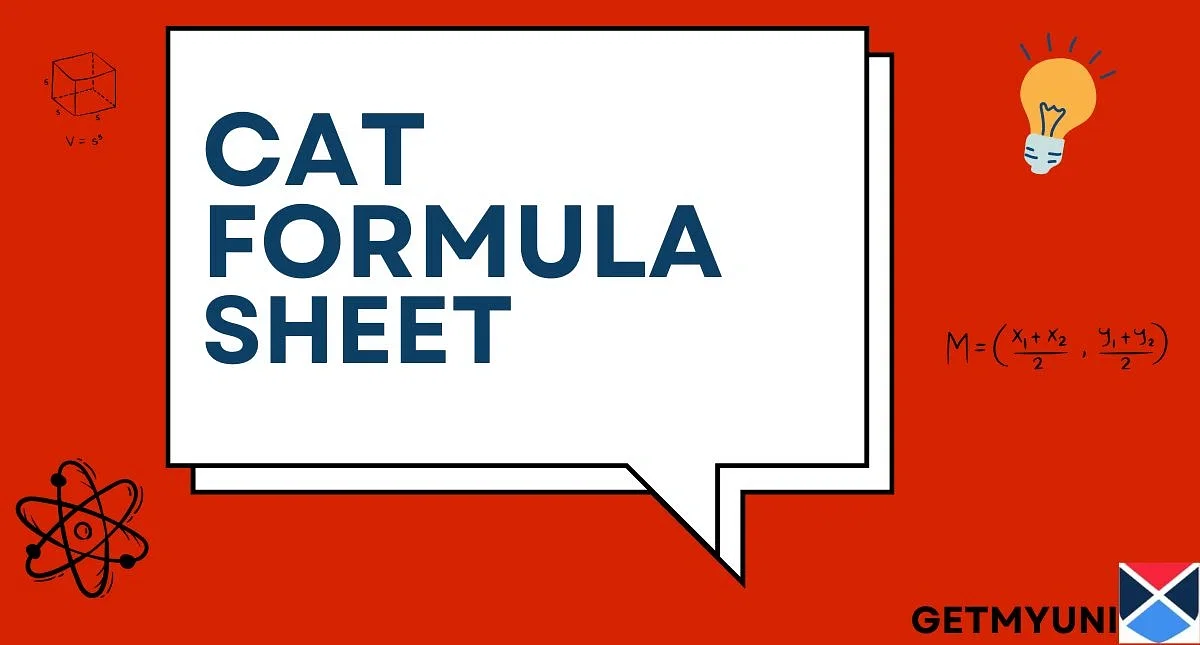


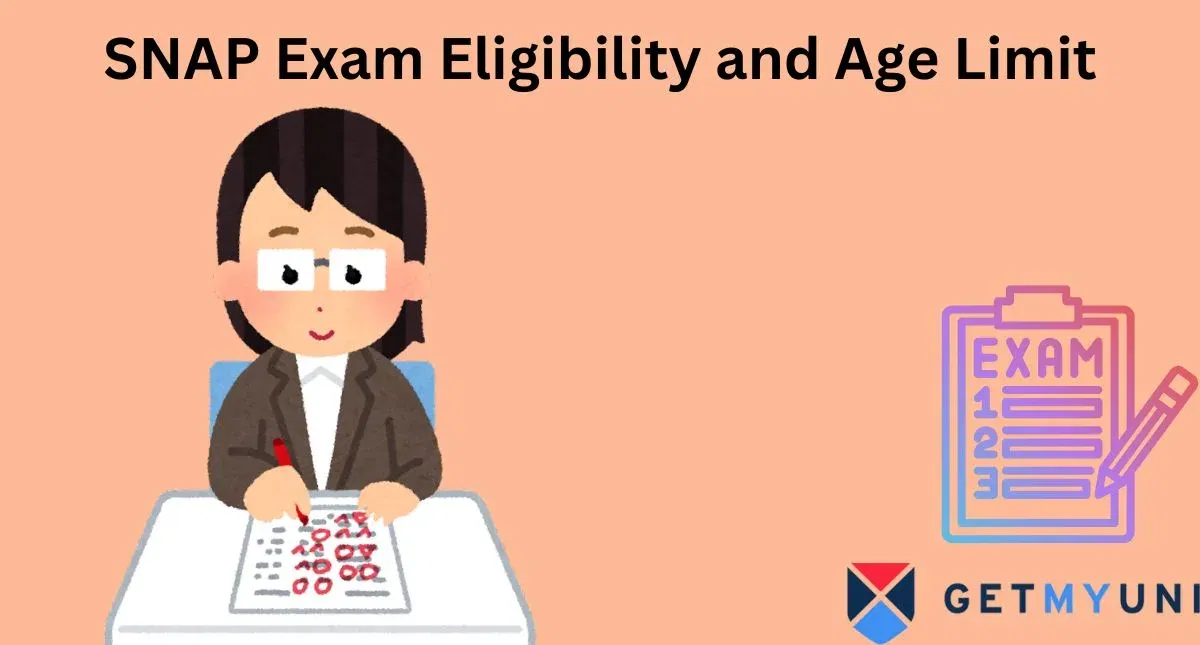





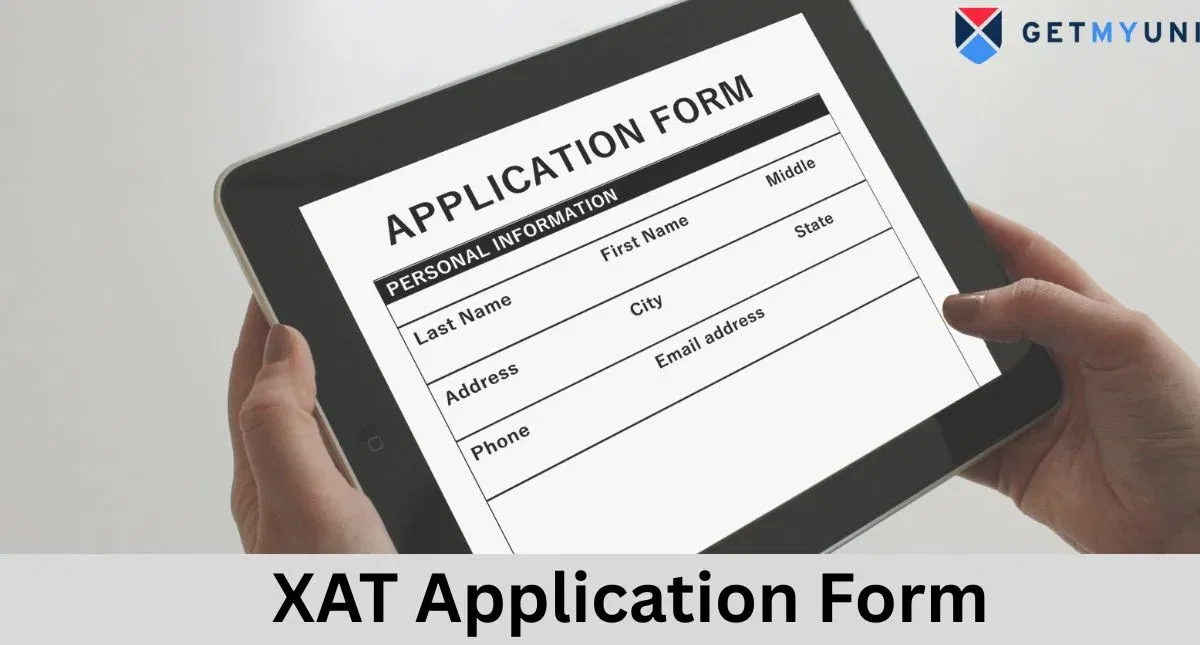

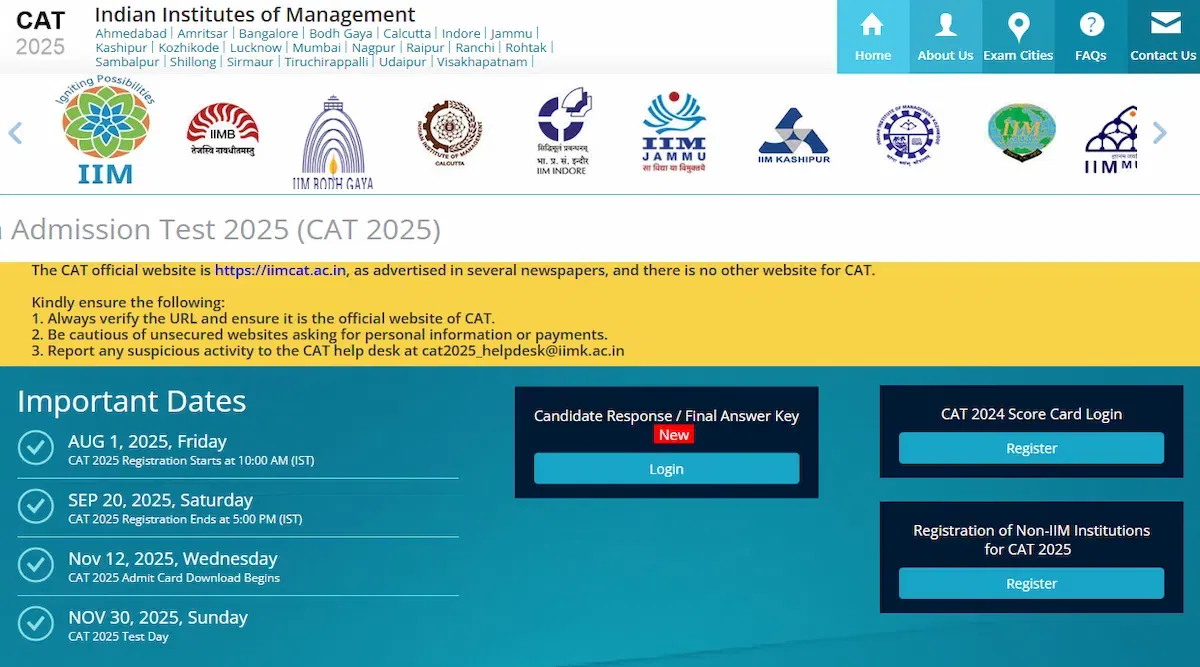
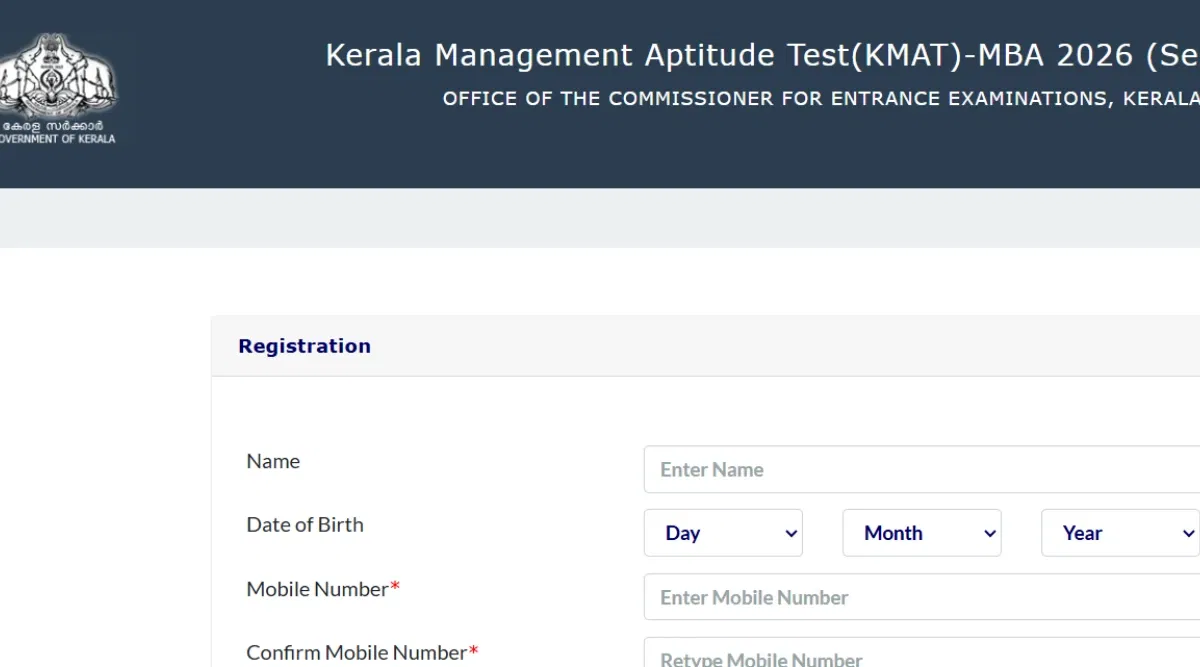
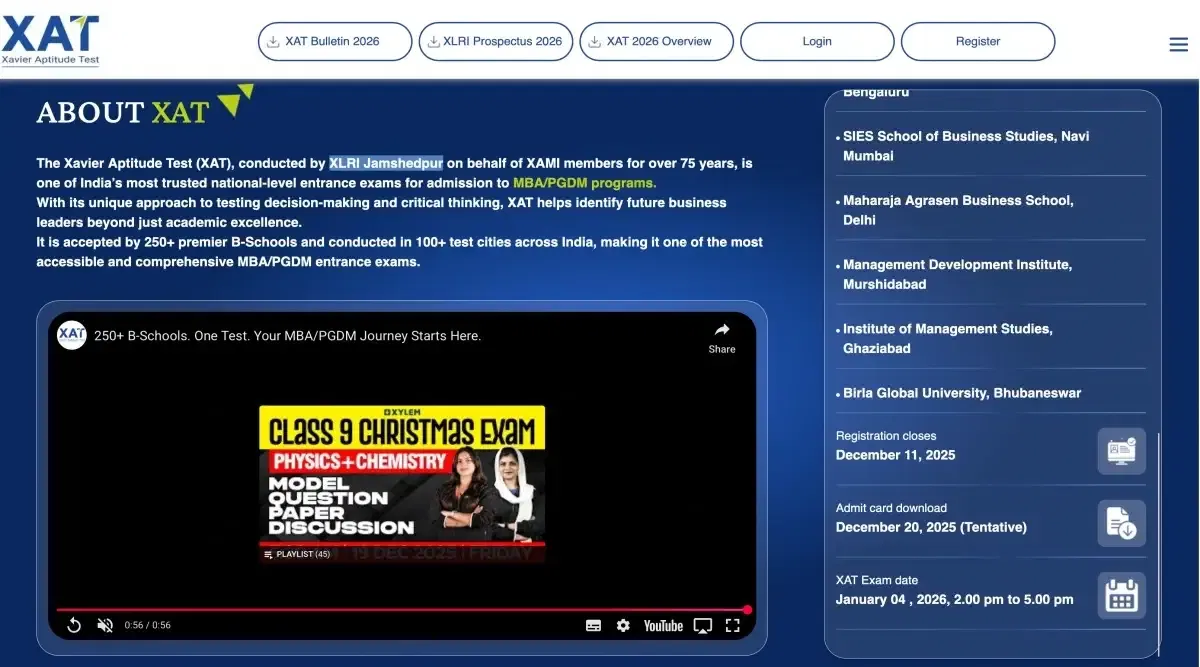




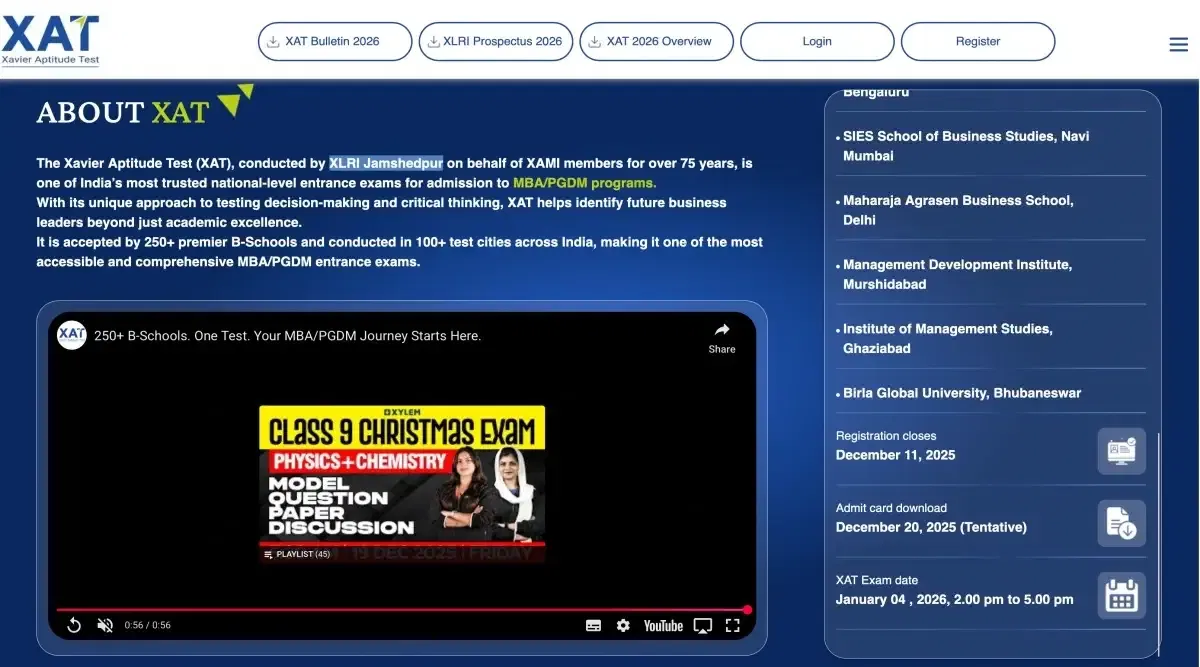



POST YOUR COMMENT